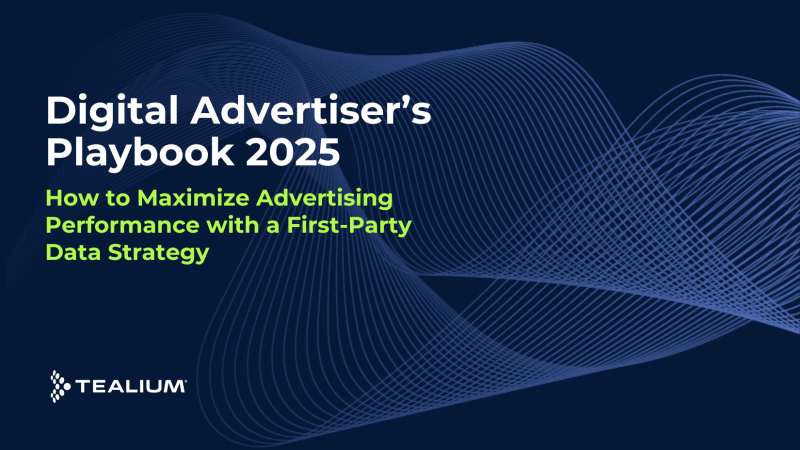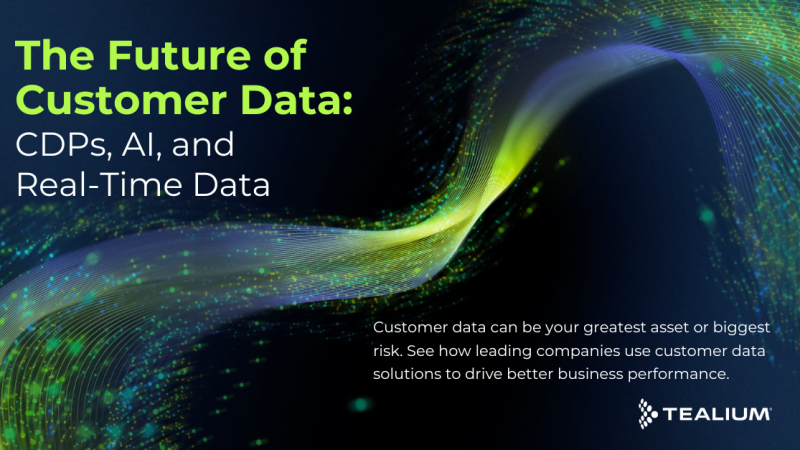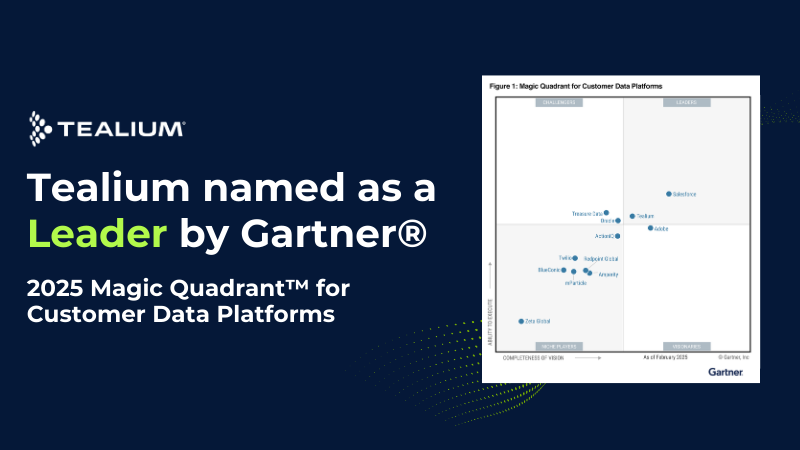Data Clean Rooms have been all over the news of late. The general buzz is that Data Clean Rooms are the new “it” solution for the identity challenges that today’s marketers face as privacy regulations shift the digital landscape beneath our feet.
So what is a Data Clean Room? And why is this new advancement suddenly all the rage?
Data Clean Rooms Explained
In short, Data Clean Rooms are privacy-safe and compliant data-sharing solutions that a brand can use in order to learn more about another brand’s customer data. Similar to how platforms like Facebook and Google have always provided brands with the means to form audiences, advertise, and gain insights into their direct user base, Data Clean Rooms are a way for all brands to collaborate in this manner.
There Are Two Kinds of Data Clean Rooms
- Media Clean Rooms are provided by Publishers and Walled Gardens such as Amazon Marketing Cloud, Google’s Ads Data Hub, and Facebook Advanced Analytics.
- Partner Clean Rooms are formed for a publisher and advertiser to directly engage together; large companies like Disney, NBC Universal, and Walmart are directly engaging with CPG companies, travel and hospitality, healthcare, and retail firms for this purpose.
Data Clean Rooms Are More Popular Than Ever
Data Cleans Rooms have surged in importance as a result of data deprecation forces, technology changes, and consumer attitudes about privacy and consent. They provide a way for advertisers and publishers to generate customer insights and target users, without relying on third party cookies – a significant driver toward their rise in popularity. This shared data approach is compliant with Privacy Regulations and allows companies to find users to target (re-target) and acquire (lookalike modeling).
And because the Data Clean Room platforms are typically offering a large multi-property landscape unified with continuous identity resolution, they optimize the ability for precise frequency capping and multi-touch attribution that many advertisers covet. This then leads to better incrementality measurement and journey analysis that many DSP partners can help ascertain more clearly, without actually having to own or see the actual customer data.
Data Clean Rooms protect the consumer while allowing brands and advertisers to have the confidence that their marketing budgets are being spent in the best places for their prospects and customers.
Part of a Broader First Party Strategy
Most brands see the value of the Data Clean Room in the larger first party strategy as another example of an important approach to multi-channel marketing. A prime example is Connected TV (CTV). CTV’s growth over the last two years as a premier channel has never relied on cookies; and as free ad-supported TV (FAST) offerings surface, new opportunities for CTV advertising and personalization will emerge, and be part of the larger Data Clean Room offerings for the biggest media publishers in the industry. So the Data Clean Room represents the foundation of first party data leading to more accurate cohorts and precise, personalized one-to-one customer experience.
The opportunity before us also surfaces new challenges: because it takes time to build and maintain, first party data may have gaps in the profiles and audiences if important data sources in the omnichannel aren’t connected to the effort. Customer Data Platforms (CDPs) become especially useful in closing this gap, as the CDP will unify the omnichannel sources, and automate the unified first party data directly to the multichannel, as well as to a secure extract that the brand can then move to a trusted Data Clean Room.
So Why Are Data Clean Rooms All the Rage?
The Data Clean Room is a win-win-win. For Publishers and Media companies, Data Clean Rooms represent a monetized strategy for their first-party data while keeping it compliant and secure. For Advertisers and Brands, Data Clean Rooms give them a legitimate strategy that does not rely upon third party cookies and can alleviate the traditional engagement issues that some organizations have always encountered – think CPG firms that have always focused on shelf space versus 1:1 engagement, now having the ability to evolve their customer experience and brand awareness. And finally, customers are the third beneficiary. People will benefit from personalized advertising that intelligently aligns with their known interests and needs, without having their data compromised, sold, or copied from business to business.
While the Data Clean Room movement still does not have a unified standard to support it, there are some common tactics that advertisers and publishers can employ that address this fragmented and emerging opportunity.
How Tealium Supports Data Clean Room Ad Campaigns
Tealium’s Customer Data Platform works directly with all Data Clean Rooms and is a necessary adjacent solution for a number of reasons.
For starters, Tealium is the source of high-quality first-party data that companies can bring to Data Clean Rooms (and the rest of the data ecosystem) for the different ad campaigns being launched. Tealium’s role is to unify the omnichannel data sources using both real-time and batch designs that transform, normalize, and unify all data to a Single Customer View.
Fuel Multi-Channel Strategies with Tealium’s Integrations
Integrations are also a key component for Data Clean Rooms, as gaining customer insights is only the first value-add; the second is activating that data with the most popular Open Web DSPs like The Trade Desk to deliver modern bidding strategies for the new channels that are supported. Tealium has long been able to integrate directly with many of the Media Clean Rooms, like Google and Facebook, through direct API access in real-time, customer list exports, and file onboarding. Tealium customers have always been working with these platforms, but usually with a direct vendor or specific campaign. With Data Clean Rooms being the activation target, Tealium’s CDP capabilities will be a critical tool for new Media Mix Model success as its first party data will fuel multiple channel strategies concurrently within the Data Clean Room offering.
Support Your First Party Collection Strategy with Tealium’s Event Data Framework
Tealium helps you maximize your first party data collection needs through our products Tealium iQ and EventStream. Together they form the Event Data Framework that is the basis for the larger data collection strategy. When used together, the Event Data Framework will automate consent acquisition and the modern server-side data collection techniques needed to preserve an otherwise diminishing data fidelity that the loss of third party cookies and browser restrictions resulted in. Tealium AudienceStream CDP is fully integrated to the Event Data Framework and shares its Data Layer in real-time. The CDP enriches the omnichannel into the Single Customer View while providing automated Audience segmentation and activation to any technology destination in the MarTech and Ad Tech space, including Data Clean Rooms.
Solve Identify Resolution Challenges
A key component to the rise of Data Clean Rooms is the complementary identity strategy. A deterministic identity resolution is a key ingredient to the Media and Publisher offerings in this space, as unified identity is core to all of the benefits mentioned above in activation, measurement, and journey management. Tealium is built to incorporate all chosen Identity frameworks – Tealium integrates with the ID providers and the Data Sharing partners that companies work with to help them find the right solution for both brand and advertising goals. Tealium can serve as both a strategic partner to an all-encompassing strategy that popular vendors like Liveramp, Neustar, Merkle, ID5, and Epsilon bring to the table.
All major Data Clean Room providers like Snowflake, Databricks, Habu, Infosum, and Appsflyer are also fully supported by Tealium. AudienceStream CDP enables companies to export the Audience that needs to be shared with these industry-leading Data Clean Room providers, with full privacy and compliance like hashing, encryption, and PII restrictions built in.
Data Clean Rooms are all the rage – and for good reason. We are as excited as everyone else about the direction advertising is going with Data Clean Rooms, a solution that we have supported from day one. Privacy plus personalization is a win-win for all.







